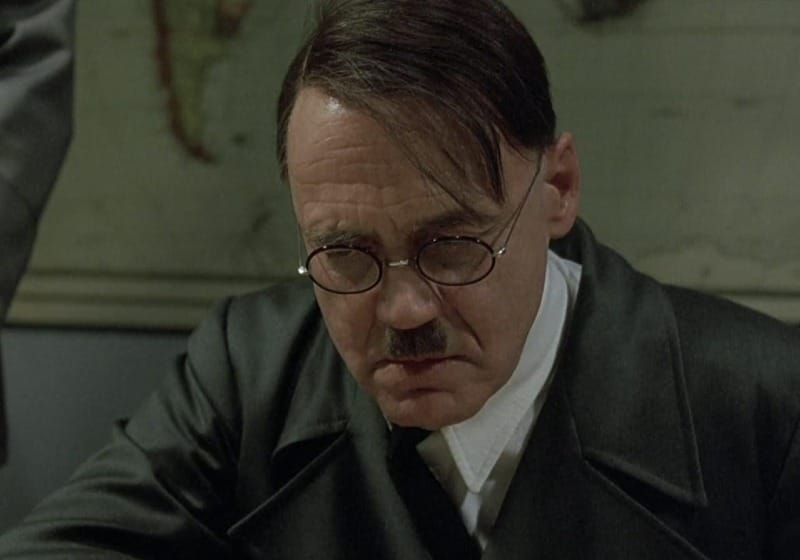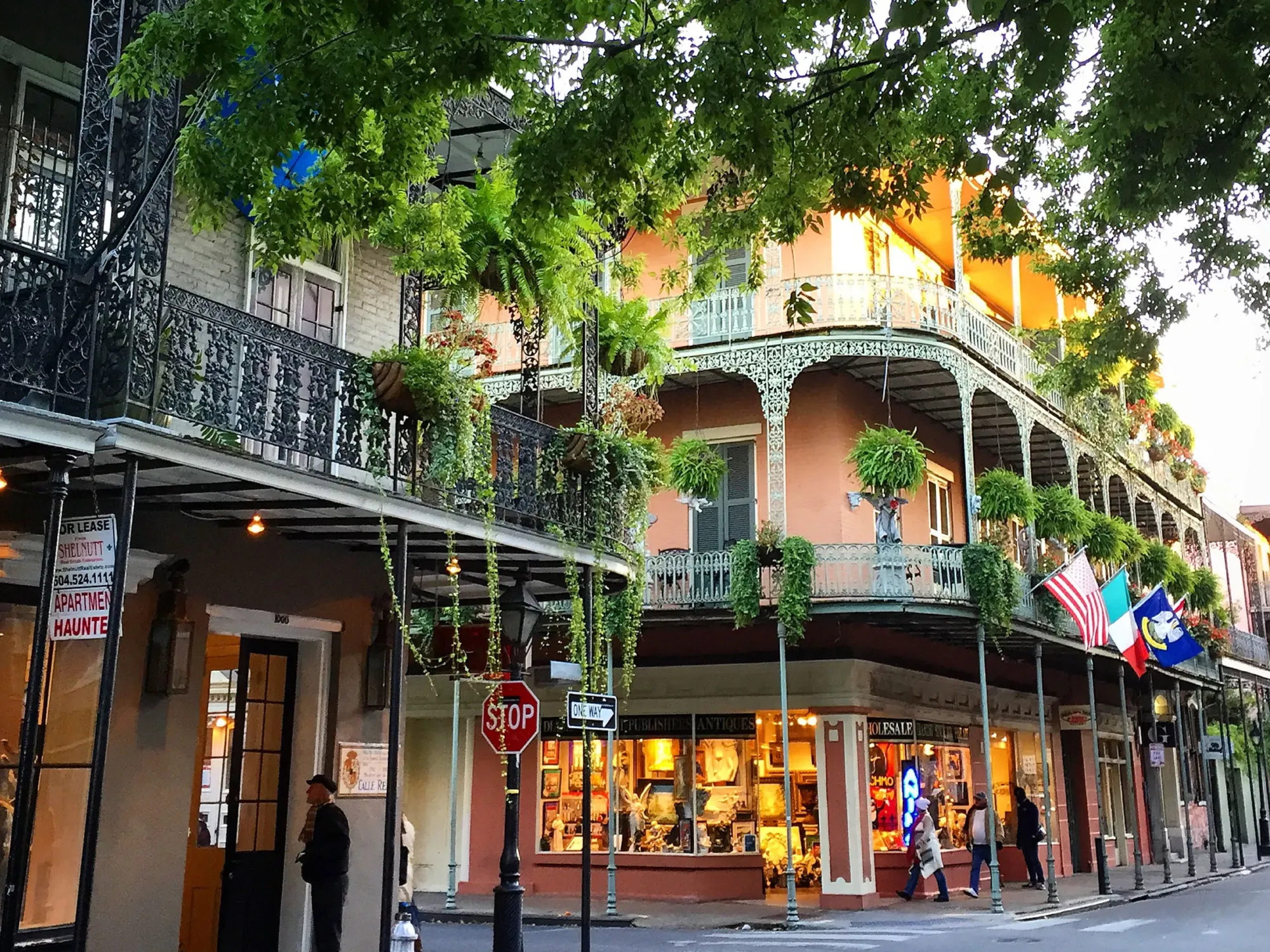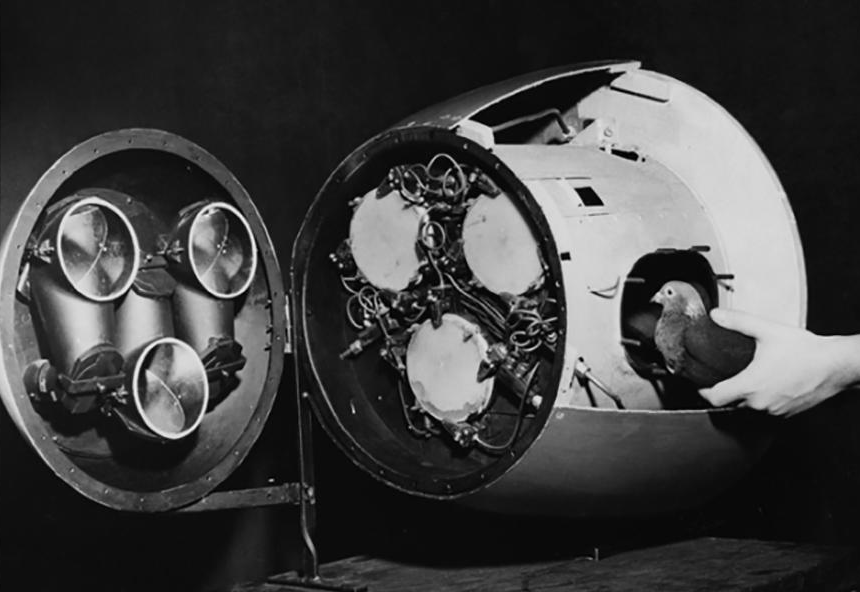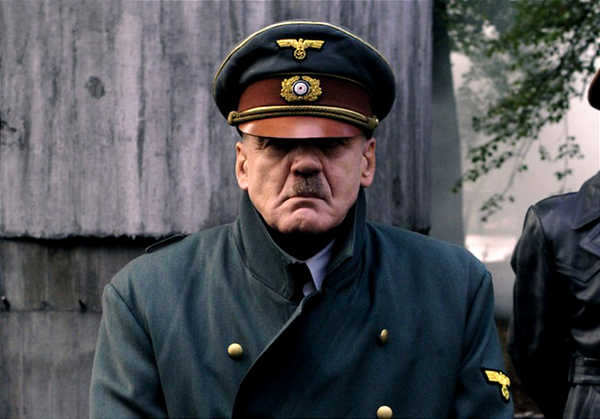Sweden has seen an epidemic of children in an endless sleep

Nola and Helan are two of the hundreds of sleeping children who have appeared sporadically in Sweden over a span of 20 years. The first official medical reports of the epidemic appeared in the early 2000s. Typically, the sleeping sickness had an insidious onset. Children initially became anxious and depressed. Their behavior changed: They stopped playing with other children and, over time, stopped playing altogether. They slowly withdrew into themselves, and soon they couldn’t go to school. They spoke less and less, until they didn’t speak at all. Eventually, they took to bed. If they entered the deepest stage, they could no longer eat or open their eyes. They became completely immobile, showing no response to family or friends, and no longer acknowledging pain or hunger or discomfort. They ceased having any active participation in the world. (via Nautilus)
Hitler was addicted to a form of heroin and many soldiers were given the equivalent of meth

At the end, when he was hiding in his Fuhrerbunker, Hitler was in a frail state. He had lost his teeth, he was drooling and hallucinating. The man who believed in what he called the “Aryan master race” had ended up a junkie. Author Norman Ohler attributes the downfall of Hitler to drugs, primarily Eukodal, a preform of heroin. From time to time, the veins of the pure vegetarian also contained the anabolic steroids of pigs. And his “dealer” was none other than his personal doctor, Theodor Morell. Ohler explains that several high-ranking Nazis were addicted to opioid drugs, while civilians and frontline soldiers took Pervitin, a pill form of Crystal Meth. Before the Final Battle of World War II, the Nazis were in search of a miracle drug to transform “men into predators,” Ohler writes, quoting a leading pharmacologist of the Navy. (via Guernica)
New Orleans had an official red-light district where prostitution was allowed

Storyville was the red-light district of New Orleans from 1897 to 1917. It was established by municipal ordinance under the New Orleans City Council, to regulate prostitution. Sidney Story, a city alderman, wrote guidelines and legislation to control prostitution within the city. The ordinance designated an area of the city in which prostitution, although still nominally illegal, was tolerated or regulated. The area was originally referred to as "The District" but became known as "Storyville", much to the chagrin of Alderman Story. It was bound by the streets of North Robertson, Iberville, Basin, and St. Louis. It was located by a train station, making it a popular destination for travelers throughout the city, and became a central attraction in the heart of New Orleans. Only a few of its remnants remain visible. It is well known for being the home of jazz musicians, especially Louis Armstrong as a minor. (via Wikipedia)
Hi everyone! Mathew Ingram here. I am able to continue writing this newsletter in part because of your financial help and support, which you can do either through my Patreon or by upgrading your subscription to a monthly contribution. I enjoy gathering all of these links and sharing them with you, but it does take time, and your support makes it possible for me to do that. I also write a weekly newsletter of technology analysis called The Torment Nexus.
The apartment complex where Larry David lived and Samuel L. Jackson worked security

Larry David lived there next-door to a man named Kenny Kramer (yes, that Kramer), Alicia Keys was born there, Robert De Niro and Al Pacino were always stopping by to visit pal Jack Warden, and Samuel L. Jackson earned a paycheck as the building’s first security guard. It didn’t take long for Manhattan Plaza — the massive 1,689-unit complex that opened in June 1977 on a city block between 42nd and 43rd streets at Ninth Avenue — to establish itself as a creative hive filled with actors, singers, musicians, dancers, choreographers and comedians. Other tenants include Terrence Howard; Tennessee Williams; Angela Lansbury; Mickey Rourke; Patrick Dempsey; Tom Fontana; and casting director Mary Jo Slater, the latter of whom teamed with director Alice Elliott and producer Ken Aguado to put it on film. (via Hollywood Reporter)
A WWII project to train pigeons to guide bombs led to smartscreen technology

During World War II, NIST was among those working to develop guided weapons to help the Allies win the war. But before the advent of GPS or even radar, how would one guide a bomb? Why, trained pigeons, of course. University of Minnesota experimental psychologist B.F. Skinner heard of the problem from colleagues in the engineering department. Skinner’s specialization was in the behavioral conditioning of animals. That is, he studied how to influence the behavior of animals by offering or withholding rewards. Skinner designed a harness that would hold a pigeon’s body and wings while allowing its head and neck to move freely. The pigeons were then given a pellet of grain when they pecked at an image of a ship or building placed in front of them. Eventually, his trained pigeons could peck 10,000 times in 45 minutes without stopping—much longer than the time needed for a falling bomb to reach its target.(via NIST)
G-forces got the better of all these people but not a 96-year-old former fighter pilot

Acknowledgements: I find a lot of these links myself, but I also get some from other newsletters that I rely on as "serendipity engines," such as The Morning News from Rosecrans Baldwin and Andrew Womack, Jodi Ettenberg's Curious About Everything, Dan Lewis's Now I Know, Robert Cottrell and Caroline Crampton's The Browser, Clive Thompson's Linkfest, Noah Brier and Colin Nagy's Why Is This Interesting, Maria Popova's The Marginalian, Sheehan Quirke AKA The Cultural Tutor, the Smithsonian magazine, and JSTOR Daily. If you come across something interesting that you think should be included here, please feel free to email me at mathew @ mathewingram dot com



